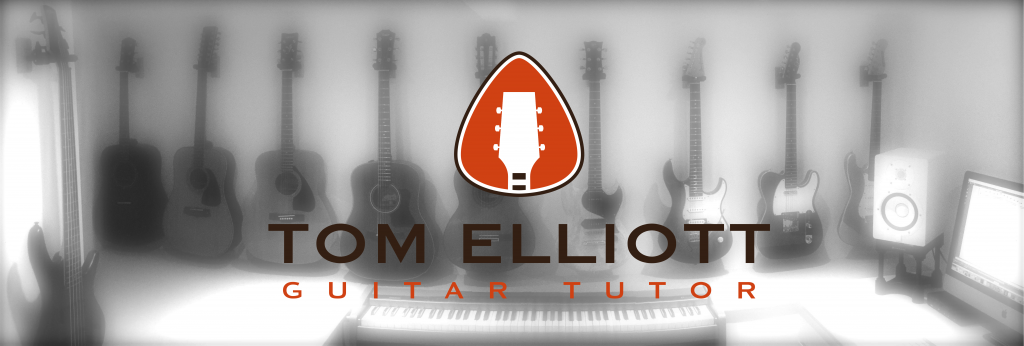
The First Step To Take When Learning The Guitar Is Learning How To Tune A Guitar
How To Tune A Guitar
Before you begin playing, make sure you’ve checked the guitar is in tune so you know what each chord should sound like when correctly tuned in.
A Guitar can fall out of tune very easily due to the environment it’s in, the temperature it’s in and the amount of time you spend playing it. When this happens, you’ll notice the songs you’re playing sound off-key and don’t seem to sound the way they usually do. The chords however, don’t all fall out of tune at the same time, so it’s a good idea to do regular check on each chord to make sure they’re in tune when you’re playing.
The Basics
Tuning a guitar involves adjusting 6 individual strings so each chord performs the correct pitch. You generally start with the thickest sting and work your way down to the thinnest string. The neck is ordered: E-A-D-G-B-E, the bottom being the thinnest with a high-pitched string and the top being the thickest with a low-pitched string.
They’re a few ways of tuning a guitar, by ear, by pitch and by using an electric tuner.
How To Tune A Guitar By Ear
First, start by tuning the 6th string to low E. If you know what this pitch sounds like, then tune away but it also helps to check online for samples of a low E.
Once you’ve found your low E, pluck the string with either your right hand or left hand, depending on whether you are left or right handed, while holding the sting down at the 5th fret (count 5 frets towards your body from the headstock) with your other hand. This will be your A.
Pluck string blow this open (“open” meaning, by not holding down any stings down on the frets with your opposite hand) and begin turning the second peg until your A string performs at the same pitch as your low E did on the 5th fret. Just like before, play the A string at the 5th fret to find the pitch for the D string, then the D string at the 5th fret for the G string. However, when you get to tuning in the B string, you’ll play the G string at the 4th fret instead of the 5th. You’ll then go back to the 5th fret where you’ll play the B string to find the final high E pitch. Once you’ve repeated this sequence a few times, it’ll be fixed in your mind.
There is one down side to this method. By tuning your guitar by ear, it means there is the possibility that your guitar won’t be in the “standard 440”. Tuning to A 440 assures you of being in tune with other guitars all around the world.
Tuning a guitar by pitch
Tuning a guitar by pitch is a great way to accurately tune your guitar. This is achieved by tuning to a reference note. Often a piano or keyboard is used, tuning forks, or another instrument. Using your listening skills match the guitar string to the reference note. To help you do this try tuning to the samples below. Warning these samples are quite loud, so adjust the volume before playing.
How To Tune A Guitar With An Electric Tuner
The second way to tune a guitar is with a electric tuner. This method of tuning is much quicker and easier to understand than the previous method.
Instead of using the strings to find the correct pitch for each chord, the electric tuner will interpret all of the sound waves it picks up from the guitar and present to you what it reads. It’ll then tell you if your guitar is in tune or what you’ll need to do to tune it.
If you have any questions about what you have read or you want to sign up for some guitar lessons then fill in the contact form. You can also follow me on Facebook and Twitter to get all the latest updates.


